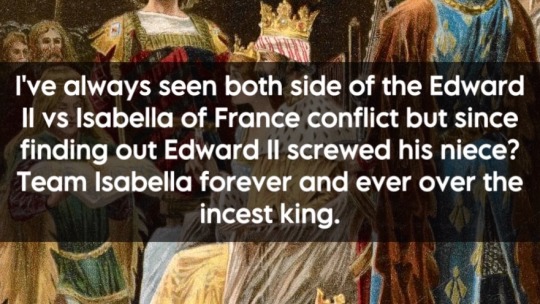#isabella of france
Photo








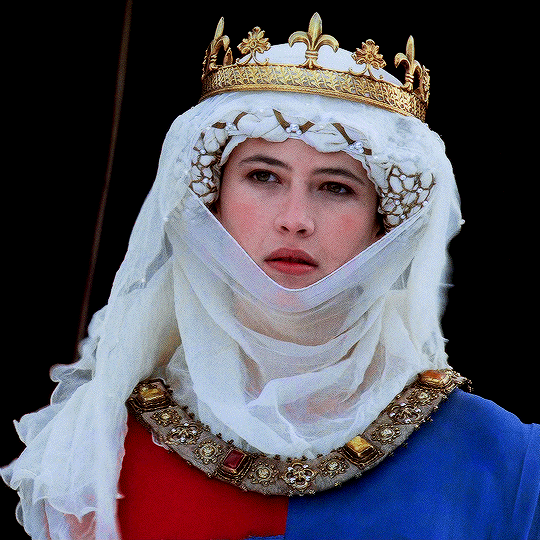

BRAVEHEART costumes appreciation:
― Princess Isabella’s heraldic dress
(costume design by Charles Knode)
#braveheartedit#costumeedit#filmedit#periodedit#perioddramaedit#braveheart#isabella of france#**#*gif#*braveheart#*braveheartcostumes
1K notes
·
View notes
Photo




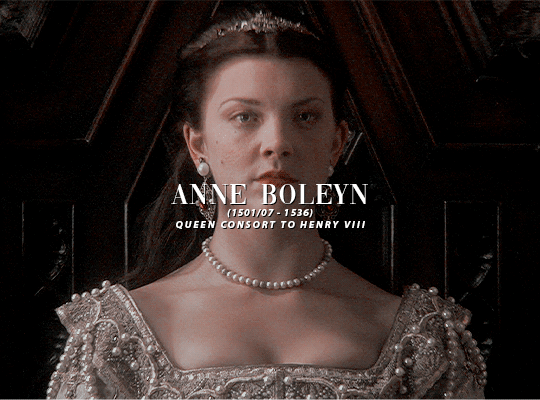
↳ favourite queen consorts of england
#eleanor of aquitaine#isabella of france#philippa of hainault#elizabeth woodville#anne boleyn#house plantagenet#house tudor#house boleyn#house woodville#english history#englishqueens*#anneboleynedit#historyedit#my gifs#creations*
632 notes
·
View notes
Text
Historical figures that have served as inspiration for the women in ASOIAF - George R.R. Martin interview

Interviewer: What women through history have inspired and helped you on your way to creating these female characters that we love?
George: There are some very interesting queens in both English and French history who have, at least partially, inspired the characters in Game of Thrones. Many people have observed that Game of Thrones is based, in part, on the Wars of the Roses and that is certainly true, although I don't do a one-for-one translation. If you go and say “This character is based on that character” you're gonna be partly right, but also partly wrong, because I like to mix and match and throw a few twists, making the characters my own.
Certainly, the wife of Edward IV, Elizabeth Woodville, was one of the most interesting queens in English history. She was the mother of the princes in the tower and married secretly. She was a Lancastrian, but she married the Yorkist claimant secretly and that produced all sorts of trouble, and she was in the middle of all that stuff with Richard III. She was fascinating!
On the other side, the Lancastrian queen, Margaret of Anjou: she was pretty amazing and definitely hardcore! She was married to the idiot king, Henry VI, and she basically had to command her side after some of the leading Lancastrian supporters were killed in the early parts of the war.
If you go back a hundred years before, Isabella, the wife of king Edward II, the She-Wolf of France, she was a pretty amazing one too. She basically got rid of her husband, imprisoned him, and allegedly had him killed by having a hot poker thrust up his ass while he was in captivity and then she and her lover took over and ran the kingdom until her son Edward III rose up against his own mother and imprisoned her.
All of this stuff, I play with it, but I can't claim to really have invented any of it. There are some things in history that are just as violent and twisted and bizarre and amazing as anything in my books.
- George R.R. Martin, Supanova Expo
#Cersei Lannister#Elizabeth Woodville#Margaret of Anjou#Isabella of France#Female Characters#Inspiration#George R.R. Martin#ValyrianScrolls#ASOIAF
114 notes
·
View notes
Text
isabella of france with edward ii:

72 notes
·
View notes
Text


Period dramas dresses tournament: Orange dresses Round 3- Group D: Isabella of France, World without end (pics set) vs Vanathi, Ponniyin Selvan (appears in the first gif of this gifset)
#period drama dresses tournament#tournament poll#tumblr tournament#polls#fashion poll#isabella of france#world without end#vanathi#ponniyin selvan 2022#ponniyin selvan#orange r3
14 notes
·
View notes
Photo

Queens of Infamy: Isabella of France
From the notorious to the half-forgotten, Queens of Infamy, a Longreads series by Anne Thériault, focuses on world-historical women of centuries past.
Happy solstice, everyone! Allow us to introduce you to Isabella of France: Married off at age 12, Isabella put up with her husband’s shenanigans over decades. Eventually, the She-Wolf of France had had enough.
In the late summer of 1326, a small mercenary army gathered in Dordrecht, Holland, preparing to cross the North Sea and invade England. This in and of itself wasn’t all that unusual — from the Romans to the Vikings to the Normans, it seems like all of the European historical heavyweights wanted a piece of that green and pleasant land. I mean, I get it! It’s a classic case of those itchy Julius Caesar fingers: A man sees an island, and he wants to take it. What set this case apart was that the person leading the army wasn’t a king or a prince or a red-headed upstart duke, but a woman who was already the queen of England — had been queen, in fact, for nearly two decades. And the king she wanted to depose wasn’t some usurper who had unjustly taken the throne, but rather Edward II, her husband and the father of her four children. As she stepped onto that boat, the 31-year-old queen would set into motion a sequence of events that would leave her forever remembered as Isabella the She-Wolf of France.
* * *
The French social scene of 1308 began with two glittering back-to-back events: the wedding of the future Charles IV of France to Blanche of Burgundy and, a week later, the wedding of his sister Isabella to Edward II of England. With Charles clocking in at 13 years old, and Isabella having just celebrated her 12th birthday, it was a double tween wedding extravaganza! Charles’ new wife, a veritable spinster at the ripe old age of 11, was young but at least age-appropriate. Edward, meanwhile, was nearly twice his child bride’s age — he would turn 24 three months later. Still, it wasn’t exactly an inauspicious start. By all accounts the union of the king and future queen of England was a sumptuous affair, attended by no fewer than eight European monarchs, as well as assorted princes, princesses, and other nobles. For Isabella, who was brightly turned out in robes of blue, gold, scarlet, and yellow and a crown dripping with precious stones, this was the moment she’d been preparing for since she was 4 years old.
#longreads#queens of infamy#isabella of france#she-wolf of france#intrigue#revenge#history#unapologetic women
674 notes
·
View notes
Note
Isabella of FranceDelayed the coronation of her daughter-in-law, right?
That is the general consensus, right! It was something of a scandal that Philippa of Hainault was pregnant and hadn't been coronated, and that probably forced Isabella's hand into allowing the coronation. Philippa was around six months pregnant with their first child (the future Edward of Woodstock, known famously but anachronistically as the Black Prince) and the ceremony was shortened because of her pregnancy.
Here's Lisa Benz St. John (Three Medieval Queens) on it:
Philippa’s first pregnancy in 1330 may also have marked a coming of age and may have given her symbolic power when she had previously been allowed very little power or authority. Edward and Philippa married in 1328, but she was not crowned until 1330, when she was five months pregnant. This delay was unusual, and it was probably Isabella who stood in the way. There have been several studies linking the legitimacy of the heir and the status of the queen with her coronation rather than her marriage. Philippa’s pregnancy forced Isabella’s hand; an uncrowned consort could not give birth to a rightful heir. The coronation did not change Philippa’s inability to act as queen during Edward III’s minority. Even so, a coronation, like a pregnancy, would create the perception of Philippa’s status as queen consort among her contemporaries. The perception that the queen possessed power, as discussed in Chapter Three, was connected to the actual practice of power in highly complex ways. Once contemporaries believed in her power as queen, they might actively begin to seek her aid, which would allow her to practice queenship and manipulate this agency further, increasing her power and authority. By delaying Philippa’s coronation for as long as possible, Isabella was signifying to the court and to the realm her position as the only true queen with any power, both symbolic and achieved.
27 notes
·
View notes
Photo
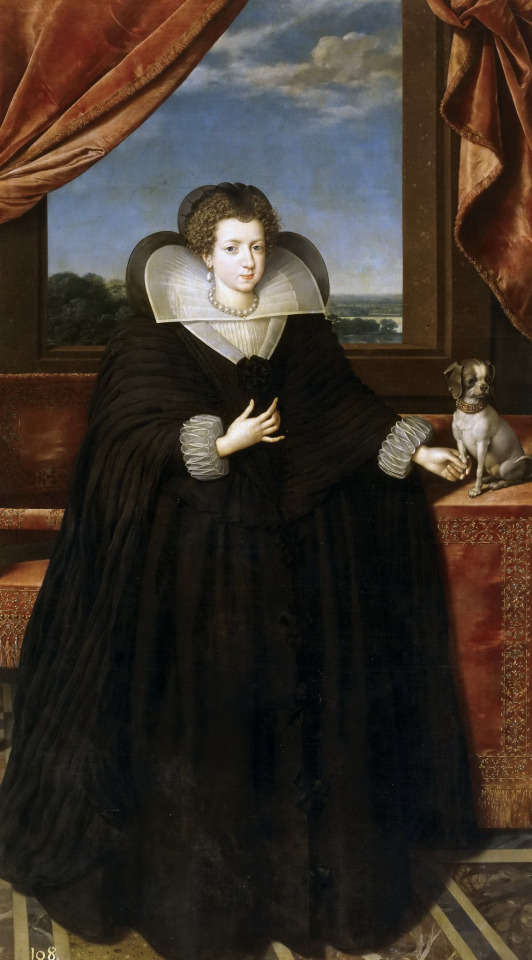
Frans Pourbus the Younger (Flemish, 1569-1622)
Isabella of France, wife of Philip IV of Spain, c.1615-21
Museo del Prado, Madrid
#Frans Pourbus the Younger#flemish art#flanders#isabella of france#philip iv#art#fine art#fine arts#classical art#france#spain#dogs in art#oil painting#painting#philip iv of spain#1500s#1600s
96 notes
·
View notes
Text
"[Isabella of France] also demonstrated queenly piety as a pilgrim performing, for example, several pilgrimages to Canterbury, and one to “diverse places in the realm” in 1323. She continued to go on pilgrimage after her enforced retirement in 1330, including visiting Canterbury twice in the last year of her life. However, these pilgrimages may have sometimes acted as cover for political purposes. Her visit to France as a pilgrim in 1314 doubled as an unofficial embassy to her father, Philip IV. Likewise, she was travelling to Canterbury as a pilgrim when she clashed with Margaret de Clare at Leeds Castle in 1321. During her seizure of power in 1326, her march on Bury St Edmunds was described as being like a pilgrimage (quasi peregrinatio) by the Pauline Annalist."
-Michael Evans, 'Isabella of France: She-Wolf and Rebel Queen?', "Later Plantagenets and Wars of the Roses Consorts: Power, Influence, Dynasty"
#historicwomendaily#Isabella of France#I *love* this#pilgrimages doubling as covers for political purposes!#pilgrimages doubling as war marches against the king!#english history#my post#14th century#queue
11 notes
·
View notes
Photo

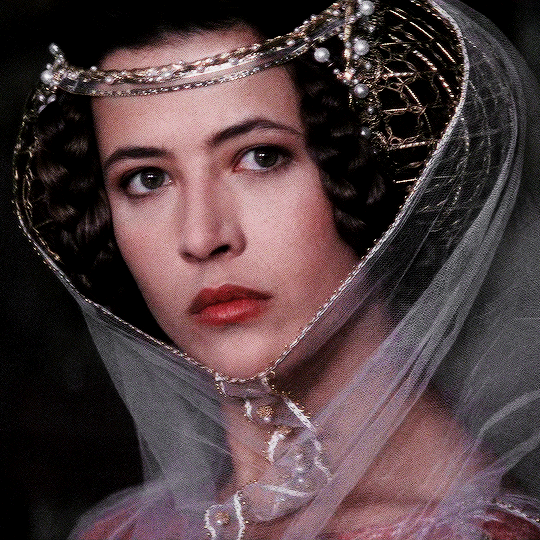

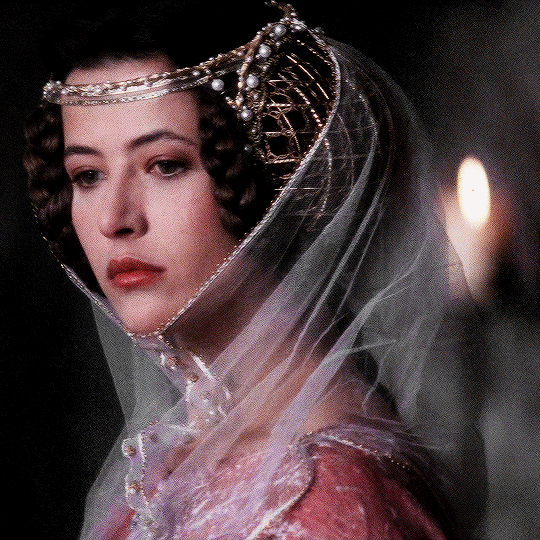


BRAVEHEART costumes appreciation:
― Princess Isabella’s pink dress
(costume design by Charles Knode)
#bravehear#braveheartedit#costumeedit#filmedit#perioddramaedit#periodedit#isabella of france#**#*gif#*braveheart#*braveheartcostumes#for the anon! <3
1K notes
·
View notes
Text


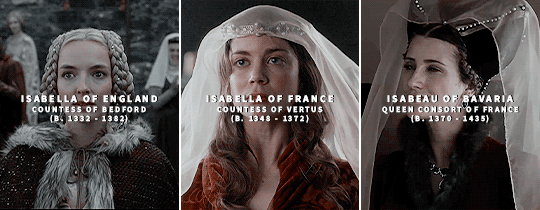



↳ Historical Ladies Name: Isabella/Isabelle
#isabella of gloucester#isabella of angouleme#isabella of england#isabella of aragon#isabella of france#isabella of valois#isabeau of bavaria#isabella of portugal#isabella i of castile#isabel neville#isabella d'este#isabella of austria#isabella of parma#historicalnames*#historyedit#my gifs#creations*
354 notes
·
View notes
Text
Also reading her household book does confirm that Isabella of France directly corresponded with Hugh le Despenser the elder during the 1310's...Much to think about...
#we really don't think or talk enough about the relationship between those two#isabella most likely saw him as a positive figure in her life for a goood chunk of her reign#he was one of the person who had organised her marriage and one of the first english nobleman she would have met before she even left franc#he was also one of her husband's closest ally AND the father-in-law of a woman with whom she had a personal relationship for a long time#so it's very hard for me to believe that she didn't had mostly positive feelings about him for years#and then things went *so* bad that she ended up litterally executing him and feeding his corpse to the dogs#the evolution of this dynamic is just really fascinating for me tbh#isabella of france#hugh le despenser the elder#we don't talk about this dude enough in general btw#as much as i love the son the dad will always have a very specific place in my heart
7 notes
·
View notes
Text
edward ii after the english barons killed piers gavestone in hopes it would stop edward from being so gay:

#historyposting#plantagenets#edward ii#piers gavestone#history#english history#isabella of france#history memes
6 notes
·
View notes
Text


Period dramas dresses tournament: Orange dresses Round 2- Group D: Isabella of France, World without end (pics set) vs Maid Marian, Robin Hood: prince of thieves (pics set)
Propaganda for Marian's dress (written by a submitter):
This dress appears a few times but is notable for both the deceptively simplistic cut (front view shows triangles in the design) to the incredible detailing in the cloak and edges of her veil. I was transfixed by this as a child.

#period drama dresses tournament#tournament poll#tumblr tournament#polls#fashion poll#isabella of france#world without end#maid marian#robin hood: prince of thieves#robin hood prince of thieves#orange r2
9 notes
·
View notes
Text


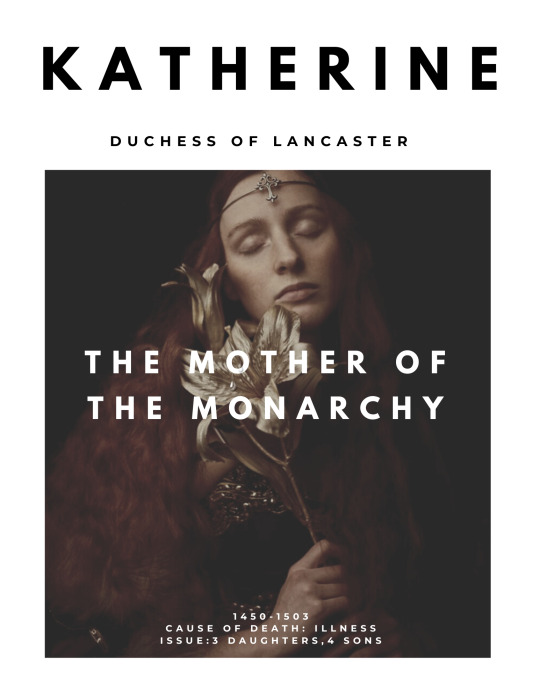

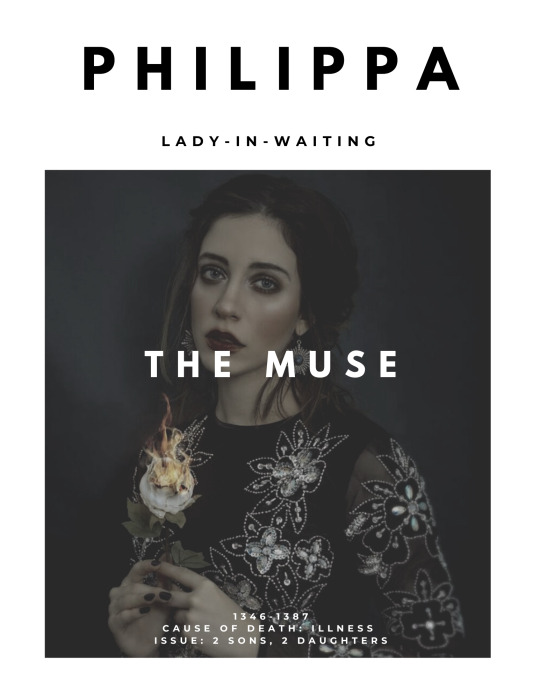

Notorious Women ➝ The Women of Edward III’s Court
“Given his impressive fifty year long reign, one would expect history to wax on at more length about Edward III. Yet it is the women in his life, his court, that are best remembered. From his mother who forcibly wrestled away the throne from his father with the help of her lover, to his scandalous daughter-in-laws from which the modern line of the monarchy sprung, to his own lover who became one of the most powerful and despised women in English history.”
#historicalwomendaily#weloveperioddrama#perioddramaedit#isabella of france#Joan of kent#Alice perrers#Katherine swynford#Phillipa roet#phillippa chauncer#Isabella of England#my aesthetic post
194 notes
·
View notes
